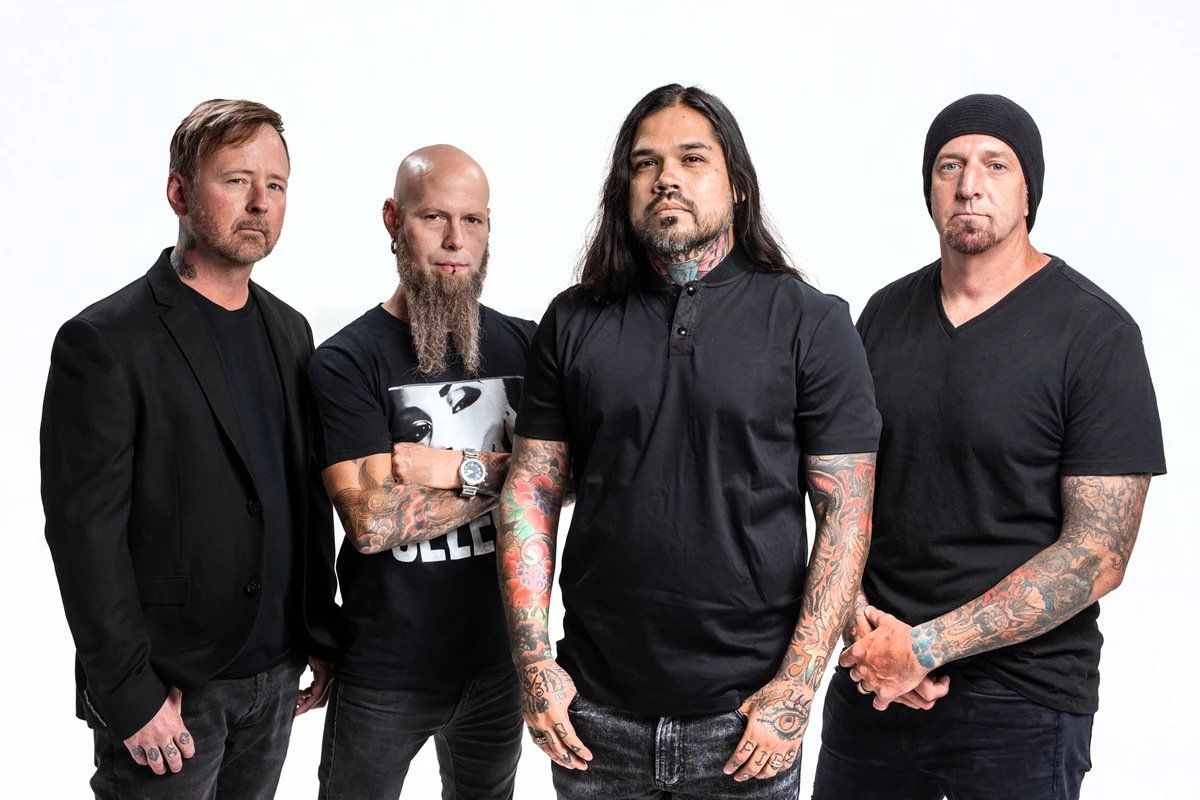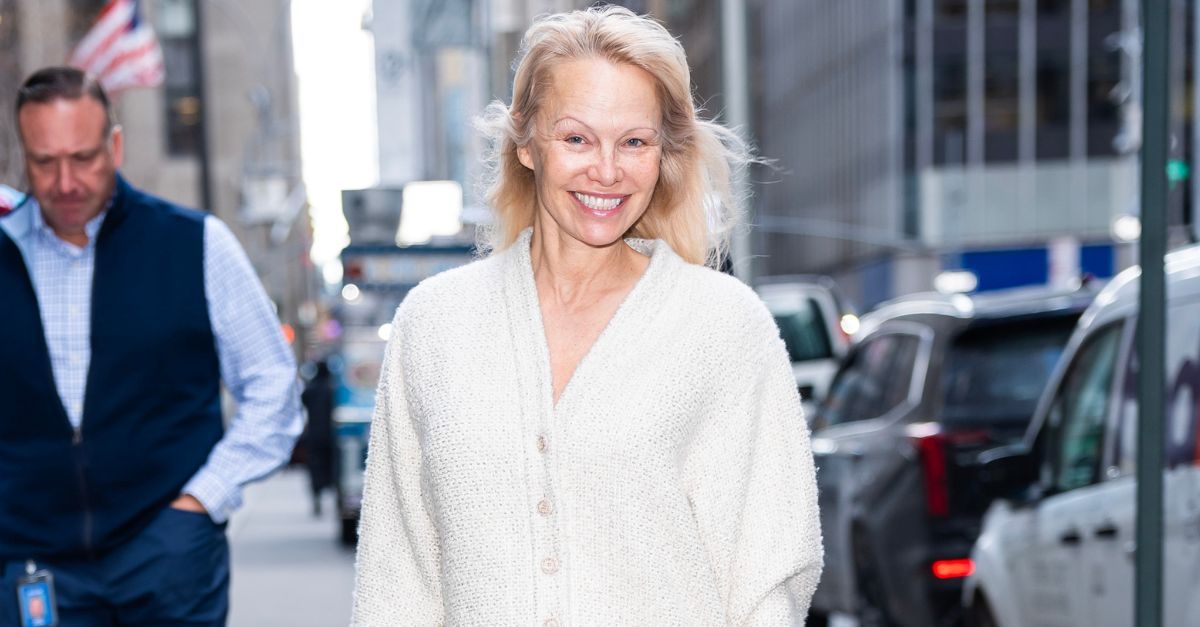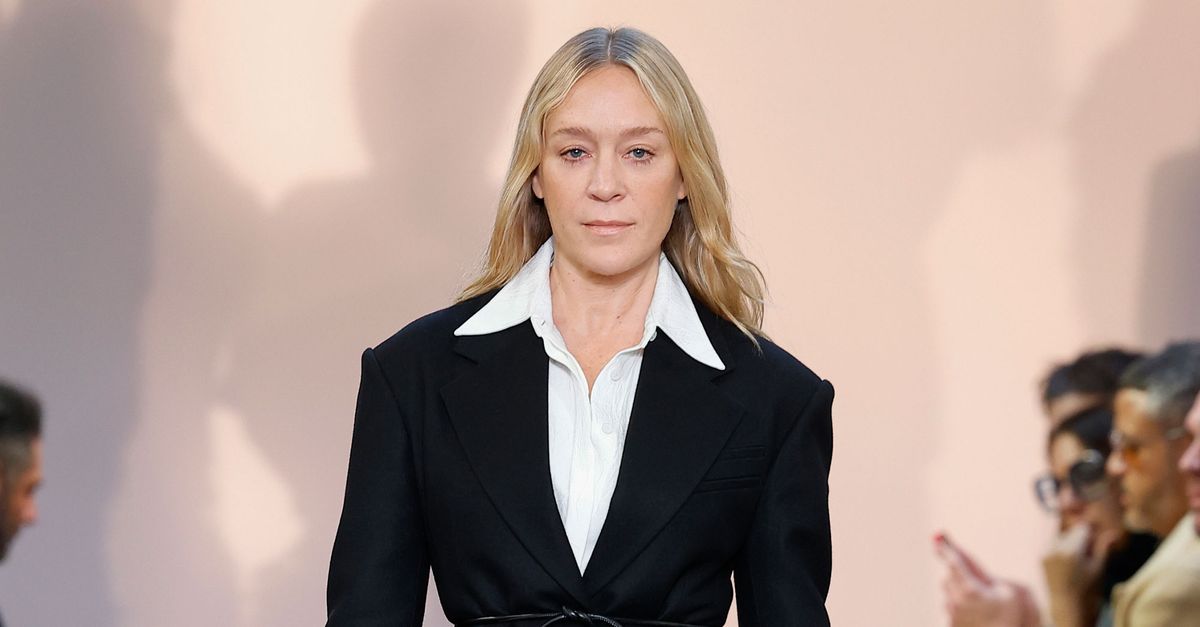
As a beauty editor, I spend a lot of time analyzing my skin. Part of it comes with the job. I’m tasked with testing hundreds of products per year, and to do that effectively, I need to monitor my skin for visible changes. The other part is personal. Whether it’s a pressure I place on myself or a preoccupation with caring for my skin in the best way possible, I’m constantly cognizant. I try to reapply SPF every two hours at the beach. I try to prevent clogged pores via regular exfoliation. I try to hydrate my skin with a good serum-moisturizer combo.
Despite my diligence, I’m human, and I want to live my life. If that means going on a camping trip with limited access to a sink for face-washing, so be it. If that means leaving my retinol out of my carry-on to make way for other travel essentials, that’s okay! I’m passionate, but I’m not precious about it. That’s why seeing signs of aging in the mirror doesn’t bother me all that much. I’m 29—turning 30 in exactly one year—and signs of aging are to be expected. Actually, they’re a privilege.
Still, I’m a beauty editor, and if there are things I can do to slow down signs of aging and make my skin look and feel its healthiest, then I’m going to do them. That’s why I recently reconfigured my skincare routine to suit the changing needs of my skin. My goal is to get my routine down pat before turning the big 3-0. It’s my way of celebrating where I’m at and looking forward to a new decade.

(Image credit: @kaitlyn_mclintock)
First, the Changes Taking Place in 30-Year-Old Skin
Brendan Camp, MD, FAAD, is a double board-certified dermatologist at MDCS Dermatology. He filled me in on the changes that take place in the skin when we reach 30. “Collagen and elastin, which are structural proteins in the dermis that provide firmness and rigidity to the skin, are produced less as we enter our 30s. Their degradation is also accelerated by damaging UV rays.” That’s why 29-year-old me has less plumpness and elasticity in her skin than 21-year-old me. Not to mention sun damage despite years of wearing sunscreen.
Kristin Gunn, celebrity aesthetician and owner of Halcyon Skincare and Beaux Medspa, agrees. “Hormones play a key role in anti-aging and skin health,” she says. “When estrogen starts to decline we see a more dry, sometimes dull complexion. Estrogen is a key building block in the recipe for collagen, so less of that means noticeably less collagen production. You may feel less plump and less hydrated.” Pair that with less cell turnover, and Gunn says you could see drier, duller skin. “You may also see the beginning of fine lines in the skin, as well as sun damage popping up from your carefree days at the beach in your earlier years!”
As if that’s not enough, Gunn says our bodies begin to reabsorb bone when there’s less estrogen present. This has aesthetic effects on the face and neck. “We see this around the mouth and eyes typically first—sometimes giving a sunken appearance or the beginning of jowls.”
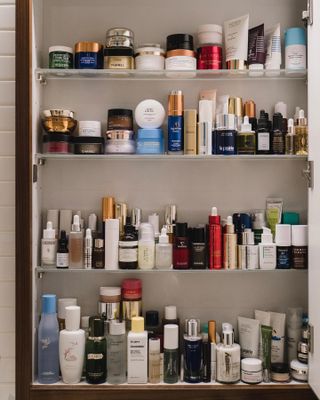
Aside from collagen and elastin decline, Camp says people in their 30s can experience increased oil production—even acne. This might be surprising, considering that oil production usually decreases with age, but Camp says it’s due to hormonal changes.
Personally, I’m experiencing the former, but not the latter. I can tell my skin is less elastic than it used to be, and I’ve noticed some slight sagging in my under-eye area and by my jowls. I’ve also noticed that my combination skin is getting drier. While I’ve always struggled with dullness and dehydration, it’s getting harder to maintain moisture. Luckily, the experts say I don’t need a complex routine to rehab my skin. “A simple skincare routine from which to work off includes the use of a cleanser, vitamin C serum, moisturizer, and SPF in the morning, and then a cleanser, retinol or retinoid, and moisturizer in the evening,” Camp says.
And don’t think it’s too late to start treating your skin well. “It’s never too late to begin,” Gunn says. “Some people make the mistake of thinking they can’t start a routine now. You can! Prevention is always better than the cure, but we can fix anything! Be committed to the basics such as washing your face every night. Wear your SPF every day. Use a hydrating serum and moisturizer. You must at the very least do this!”
Swap #1: One-Step Cleansing for Double Cleansing

Sulwhasoo
Gentle Cleansing Oil Makeup Remover
As I mentioned, I’m diligent about wearing sunscreen every day. Often, I’m topping it with foundation, concealer, bronzer, and blush. By evening, I can’t wait to wash it all away. Cut to last year when Joanna Vargas, celebrity facialist, founder of Joanna Vargas Salons and Skin Care, and author of Glow From Within, told me cleansing is the “holy step” in a skincare routine. “I think that a lot of people don’t realize the importance of washing your face,” she said. “Leaving grime, dirt, and makeup on the skin will cause it to become inflamed, you will break out more easily, and be more susceptible to wrinkles. If you want your skin to do what you want it to do, you have to make a little time for yourself!” Ever since hearing that, I’ve been extremely thorough about cleansing my skin.
Gunn agrees, saying, “Nighttime is key for taking care of your skin. This is the time our body is in rest and repair mode. Never, ever go to sleep without washing your face. Sleeping in makeup is a recipe for wrinkles.”
To me, thorough cleansing means double cleansing (using an oil-based cleanser first followed by a water-based cleanser). Using an oil cleanser dissolves makeup and sunscreen—everything sitting atop the skin—so the following water-based cleanser can work its way into the pores and remove excess oil and debris.
I swear by double-cleansing. Whenever I skip it, I see clogged pores and texture pop up. I also get traces of makeup smeared across my white towels. Not ideal. I use a variety of formulas, but this Sulwhasoo Cleansing Oil is one of my favorites. It dissolves makeup and sunscreen in a flash and rinses away clean.
More Oil Cleansers I Love
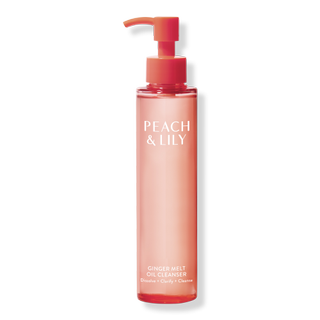
PEACH & LILY
Ginger Melt Oil Cleanser
This one uses ginger to preserve the skin’s elasticity and bounce.
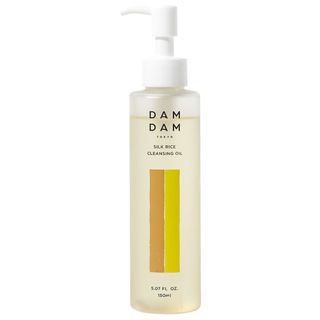
DAMDAM
Silk Rice Makeup-Removing Cleansing Oil
Rice bran oil purifies the skin and prevents buildup from makeup and SPF.
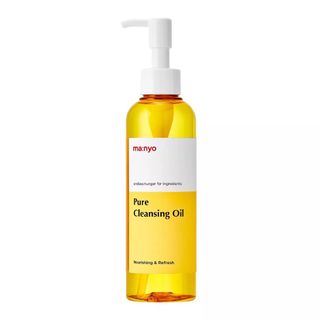
Ma:nyo
Pure Cleansing Oil
To me, this is a no-frills, fuss-free oil cleanser.
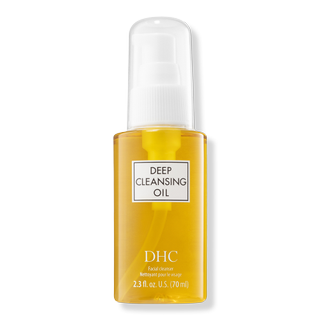
DHC
Deep Cleansing Oil Facial Cleanser
This one is a K-beauty staple.
Swap #2: Hydrating Serums for Retinol Serums 3 Nights Per Week

Farmacy
1% Vitamin A Retinol Serum
In my early 20s, I relied pretty much solely on hydrating serums. Sometimes they had a kick of niaciniamide or alpha-hydroxy acids, but nine times out of 10, they were basic hyaluronic acid formulas. There’s nothing wrong with that, but now that I’m heading toward 30, I’m investing in more retinol serums.
“It’s time to add a product containing retinol,” Gunn says. “This is a form of vitamin A that increases collagen production, helps repair and smooth wrinkles, and helps with your cellular turnover process that has naturally slowed down.”
While some people might avoid retinol or feel hesitant to incorporate it into their routines, Gunn says there’s an option out there for everyone. “People are sometimes hesitant to try this as irritation and dryness are common side effects, but your skin will adapt and thrive!”
If you struggle with super-sensitive skin, Gunn has a recommendation. There is also a retinol-type ingredient called bakuchiol that is less irritating for sensitive skin types. It’s derived from the Indian babchi plant and does wonders for brightening skin, shrinking pores, and promoting cellular turnover.”
I’ll be incorporating this 1% retinol serum into my routine three nights a week from here on out. The potent formula works wonders for my skin without causing too much extra redness or irritation. It’s a win-win.
More Retinol Serums I Love
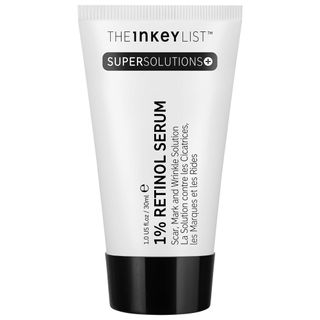
The INKEY List
Supersolutions 1% Retinol Serum
A fairly affordable option.

Paula’s Choice
Clinical 1% Retinol Treatment
A retinol serum spiked with peptides and vitamin C.

Obagi Medical
Obagi Medical Retinol 1.0
A medical-grade retinol for quick, visible results.
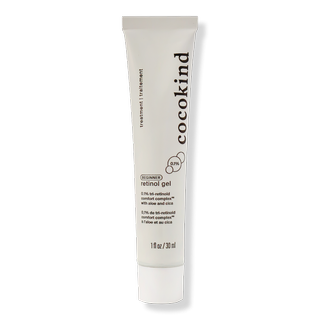
Cocokind
Beginner Retinol Gel
An option for anyone who hasn’t used retinol before and wants to start slow.
Swap #3: Clay Face Masks for Exfoliating Face Masks
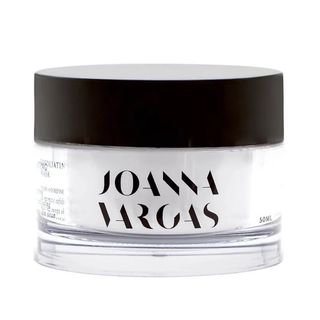
Joanna Vargas
Exfoliating Mask
When clogged pores and excess oil were more of a concern for me, I relied on clay masks to draw out impurities and mattify my skin. These days, I don’t have that problem. I’m dealing with dullness and sun damage instead. That’s why I’m swapping out clay-based masks for exfoliating ones. This is my best bet for brightening, evening, and refreshing my almost-30-year-old skin. Take it from Camp, who says, “Exfoliating two to three times per week can help improve skin texture, remove dead skin cells, and brighten dull skin.”
This mask from Joanna Vargas is one of my favorites. It’s quite aggressive, as it uses a combo of chemical, physical, and enzyme exfoliation. That’s what I like about it, though. After wearing the shimmery gold mask for only five minutes and gently rubbing it against my skin in circular motions, my skin is visibly improved. I’m talking about a brighter complexion, less visible dark spots, everything.
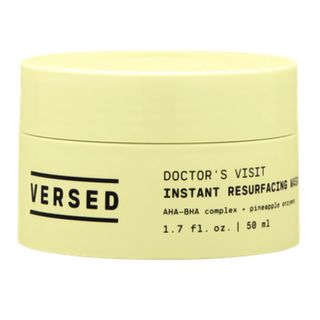
Versed
Doctor’s Visit Instant Resurfacing Mask
This drugstore product is as effective as it is affordable.

Peach & Lily
Super Reboot Resurfacing Mask
A personal favorite, this exfoliating mask resurfaces my skin like no other.
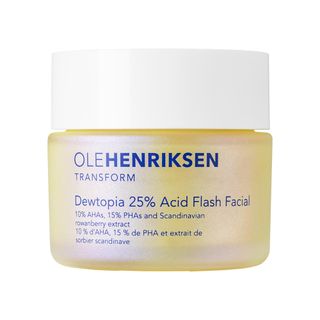
OLEHENRIKSEN
Dewtopia 25% AHA + PHA Flash Facial Exfoliating Face Mask
This mask uses a whopping 25% AHA + PHA combo.

KORA Organics
Turmeric Brightening Pore Scrub + Exfoliating Mask
I love that this offers both chemical and physical exfoliation.
Swap #4: Gel Moisturizers for Cream Moisturizers

Kiehl’s
Ultra Facial Refillable Moisturizing Cream With Squalane
My skin has always been prone to dehydration, but lately, it’s drier and duller than ever before. I finally got a clue and swapped my lightweight gel moisturizers for thicker, richer formulas. Ever since, I can tell my skin maintains its moisture levels much better. It feels smoother and calmer, and it looks brighter and plumper.
I love this iconic moisturizer from Kiehl’s. It’s creamy without being heavy and moisturizing without being pore-clogging. My skin absolutely loves it.
Gunn recommends leveling up from regular skincare products to medical-grade ones if your budget allows. “Your moisturizer should be kicked up a notch,” she says. “It’s time to move on to medical-grade ingredients. The products you get at the grocery store are not going to give you the same results. Medical-grade products require a physician and have ingredients that repair and correct the skin. Invest in this!”
More Moisturizers I Love
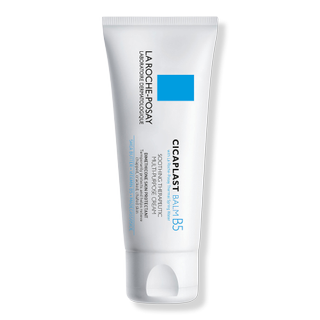
La Roche-Posay
Cicaplast Baume B5 Soothing Therapeutic Multi Purpose Cream
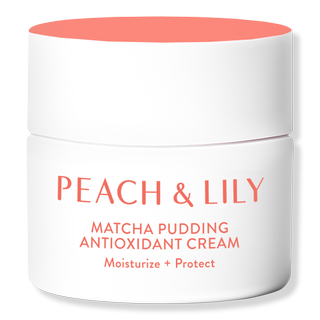
PEACH & LILY
Matcha Pudding Antioxidant Cream
This matcha moisturizer is chock-full of antioxidants.
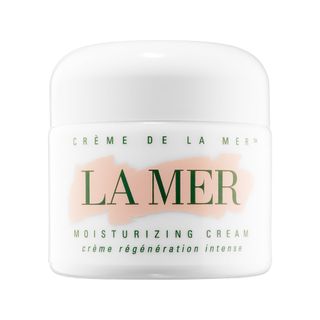
La Mer
Crème de La Mer Moisturizer
Yes, it’s expensive, but I swear it’s worth it.

Dieux
Instant Angel Lipid-Rich Barrier Repair Cream With Ceramides
This lipid-rich moisturizer strengthens and supports the skin barrier.
Swap #5: No Eye Cream for Eye Cream

Herbivore
Super Nova 5% THD Vitamin C + Caffeine Brightening Eye Cream
I have to admit something. Up until this year, I rarely used eye cream. I always thought it was an unnecessary step in a skincare routine. Wouldn’t my standard moisturizer suffice? The answer to that is a resounding no. Both experts recommend incorporating an eye cream into one’s 30-something skincare routine. “An eye cream is necessary and should be applied morning and night,” Gunn says. “This will help with under-eye wrinkles and work to prevent crepey skin.”
Camp agrees, saying, “Using an eye cream that contains retinol or vitamin C can help reduce the formation of wrinkly or crepey skin around the eyes.”
Vitamin C is the key. Both experts recommend using it, whether in an eye cream or not. “A daily vitamin C serum and SPF will keep your skin healthy and dialed in for good skin days,” Gunn says. “Vitamin C combats all of the free radicals we encounter throughout the day (pollution etc). And you should know by now that SPF 30+ is the most important thing you can do for your skin every day!”
Knowing this, I’m stocking up on one of my favorite vitamin C–spiked eye creams—Herbivore’s Super Nova Eye Cream. A combo of vitamin C, caffeine, and turmeric root brightens, de-puffs, and evens out the eye area.

Kiehl’s Since 1851
Creamy Eye Treatment With Avocado
An eye cream that moisturizes like a dream.
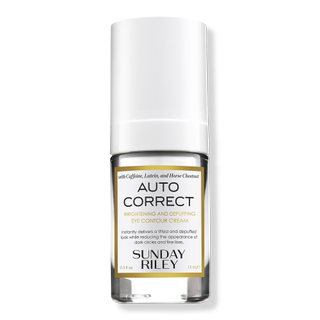
SUNDAY RILEY
Auto Correct Brightening and Depuffing Eye Cream
Dark circles and puffiness don’t stand a chance against this all-in-one eye cream.

La Roche-Posay
Pure Vitamin C Anti-Wrinkle Firming Eye Cream
Here’s another vitamin C eye cream I love.
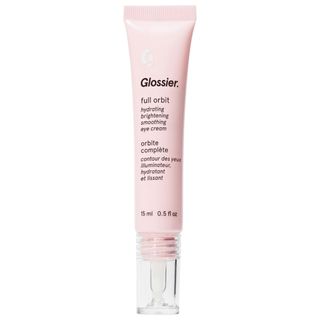
Glossier
Full Orbit Entire-Eye Brightening Cream
Glossier’s eye cream brightens and smooths my dark circles.
Professional Treatments to Consider

(Image credit: @kaitlyn_mclintock)
Skincare products are essential, but don’t think they’ll work overnight. Take it from Gunn, who says, “Consistency is key when developing a skin routine. No skincare product or prescription will work overnight; it will need to be used regularly and typically for at least three months before deciding if it is effective or not.”
If you’re impatient like I am or you’re looking for more dramatic results, you can always turn to professional treatments. The experts recommend a variety of them based on specific skin goals and concerns. Here’s a list.
- Neurotoxin Injections (Botox, Dysport, Daxxify, Xeomin, etc.): “Neurotoxin treatments help reduce the appearance of dynamic lines, which are wrinkles that form when facial muscles are contracted,” Camp says. “Neurotoxin treatments may help prevent etched lines from becoming deeper and more noticeable, a form of treatment some people call ‘prejuvenation.'” Gunn says this is often referred to as “baby Botox” by industry experts. “This is a term for ‘preventative’ Botox. Small amounts of Botox when you are younger can help prevent wrinkles when you’re older!”
- Intense Pulsed Light (IPL): Camp recommends looking into IPL treatments if, like me, you struggle with “changes related to sun exposure,” like “broken blood vessels and sun spots.” Also called a “photo facial,” these treatments are noninvasive and use light to improve skin tone and texture.
- Moxi Laser: “This laser has little to no downtime,” Gunn says. “It helps erase sun damage, promotes collagen formation, and helps to perfect texture and tone. This is a laser that is booked out for weeks and very popular!”
- Microneedling: Camp says microneedling treatments “create small injuries in the skin to stimulate collagen production to tighten skin and reduce the appearance of uneven skin contours, which may develop as a result of acne scarring.” Gunn highly recommends it. “This is one of my favorite treatments for the 30s crowd. It’s only a couple of days of downtime, and your skin texture and tone will be beautiful and bright. It helps with uneven texture, acne scarring, and crepiness. You will also build collagen for weeks afterward!”
- DiamondGlow Facials: “This is by far my favorite facial out there,” Gunn says. “It exfoliates all of the dead skin and impurities and then infuses your skin with rich serums to repair and hydrate. You leave looking dewy and bright!”
I’ve only ever gotten the occasional facial. However, about three weeks ago, I decided to get Botox for the first time in my brow crease (well, Dysport, if we’re being technical). My brow crease had formed a permanent wrinkle, and my go-to skincare products just weren’t cutting it. Even though it’s just been a few weeks, I’m extremely happy with the result. My brow crease has virtually disappeared, as has the accompanying wrinkle.
Lately, I’ve been considering getting IPL and microneedling treatments at some point in the future, but I haven’t sprung for them yet. For now, I’ll stick to a consistent skincare routine based on the above tenets. Look out, 30! Here I come.


























































![Mason Ramsey – Twang [Official Music Video] Mason Ramsey – Twang [Official Music Video]](https://i.ytimg.com/vi/xwe8F_AhLY0/maxresdefault.jpg)















